This Day and Age (1933)
By Toronto Film Society on May 8, 2020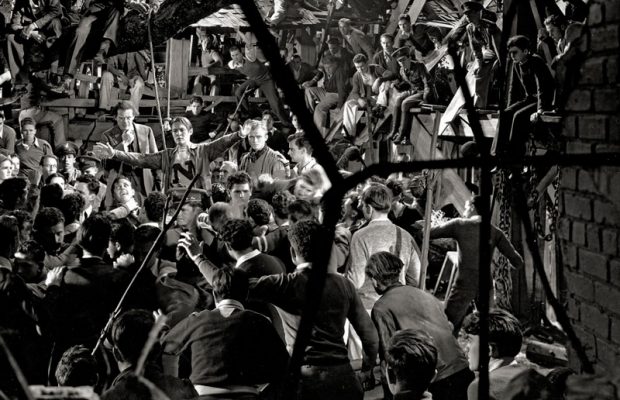
Toronto Film Society presented This Day and Age (1933) on Sunday, April 29, 1984 in a double bill with Pat and Mike as part of the Season 36 Sunday Afternoon Film Buffs Series “A”, Programme 10.
Production Company: Paramount. Producer: Cecil B. DeMille. Director: Cecil B. DeMille. Script: Bartlett Cormack. Photography: J. Peverell Marley. Editor: Anne Bauchens. Music: Howard Jackson, L.W. Gilbert and Abel Beer.
Cast: Charles Bickford (Garrett), Judith Allen (Gay Merrick), Richard Cromwell (Steve Smith), Eddie Nugent (Don Merrick), Ben Alexander (Morry Dover), Harry Green (Herman), Lester Arnold (Sam Weber), Bradley Page (Toledo), Michael Stuart (Billy Anderson), George Barbier (Judge Maguire), Oscar Rudolph (Gus), Charles Middleton (District Attorney).
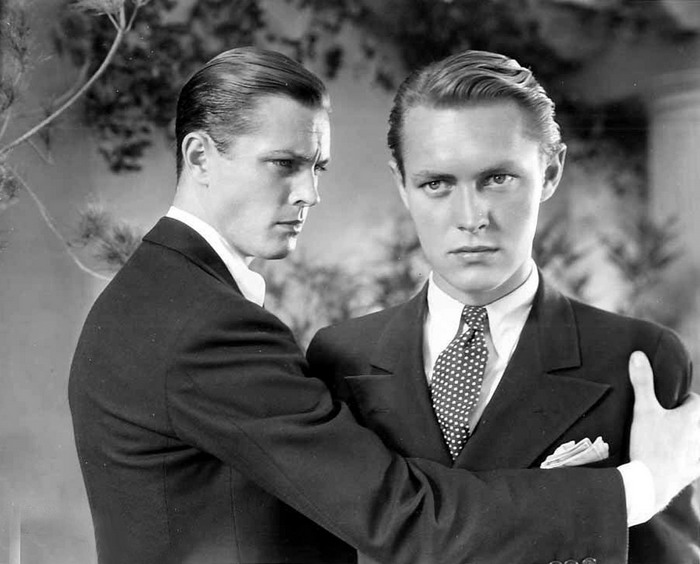
The most astonishing aspect of This Day and Age is the identity of its director. For this socially-committed “realistic” little film is by none other than the King of the Spectaculars, Cecil B. DeMille! It is DeMille’s fifth film in the sound era, and is characteristic of his work only through his handling of crowds and because, in his career, the director often followed a blockbuster epic with a more contemporary film. In this case, the previous lavish film was The Sign of the Cross (1932).
This Day and Age has been criticized by such an eminent scholar as Lewis Jacobs as being fascist, acting even as a possible incentive for the formation of lynch mobs by “right-thinking” citizens. Thus on a thematic level, the film invites comparison (unfavourable) with such liberal films as Fritz Lang’s Fury (1936) or William Wellman’s The Ox-Bow Incident (1942).
Nevertheless, the film is not without its merits. Here is what a 1933 review in The Motion Picture Herald had to say about This Day and Age:
Treating a daring topic, modern American high school youth toppling over every established judicial procedure, going to the mat with gangsterism and taking the law into its own hands, This Day and Age is unquestionably a sensational and courageous picture. Its predominant audience value is that it is loaded with that power that excites emotional hysteria. There is nothing dainty about it. It’s starkly realistic to the last degree. Undoubtedly, because of the way in which it ties high school boys in with its subject, it will precipitate controversy. Yet due to the manner in which DeMille has built up his story, the way in which he has handled mobs of frenzied youths to obtain spectacle, together with the method in which he has adapted patriotic music to inspire audiences, there is something sublime about the show that should stimulate audiences to the same pitch of enthusiasm that it did the preview crowd.
As for the film’s only “star” Charles Bickford (1889-1967), many will remember him for his character roles in such 1940’s and 1950’s films as Duel in the Sun, Woman on the Beach, A Star is Born (Cukor) and The Big Country. He was nominated for the Best Supporting Actor Oscar in The Song of Bernadette, The Farmer’s Daughter and Johnny Belinda, in each of which the leading actress was the year’s winner. This is all fairly accessible film trivia. But how many are aware that he came to Hollywood in the early days of sound because of his considerable stage success, or that one of his earliest screen credits is opposite Garbo in Anna Christie? Bickford’s unsympathetic role in This Day and Age is almost as uncharacteristic of his career as is the whole film of its director’s.
Notes by Cam Tolton
You may also like...
-
News

Frances Blau
Toronto Film Society | February 27, 2024On Monday, February 26th, 2024, Toronto Film Society lost longtime friend, supporter, and board member Frances Blau. Known for her sense of humour, her love of film, her generosity,...
-
Special Events

The Ladykillers (1955) at the Paradise Theatre
Toronto Film Society | March 9, 2024Toronto Film Society presents Targets (1968) at the Paradise Theatre on Sunday, April 7, 2024 at 2:30 p.m. Ealing Studios arguably reached its peak with this wonderfully hilarious and...
Programming

Virtual Saturday Night at the Movies
Toronto Film Society | April 11, 2024Toronto Film Society is back in the theatre! However, we’re still pleased to continue to bring you films straight to your home! Beginning Season 73 until now we have...
4-
 Toronto Film Society | March 9, 2024
Toronto Film Society | March 9, 2024
-
 Toronto Film Society | November 6, 2022
Toronto Film Society | November 6, 2022
-
 Toronto Film Society | August 1, 2023
Toronto Film Society | August 1, 2023
Donate to Toronto Film Society – We’re now a Registered Charity!
-
Copyright © 2017 Toronto Film Society.

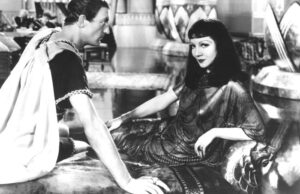
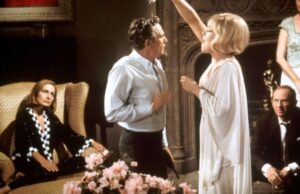
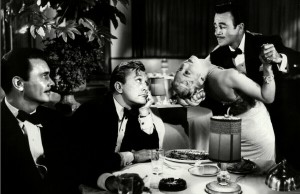
Leave a Reply